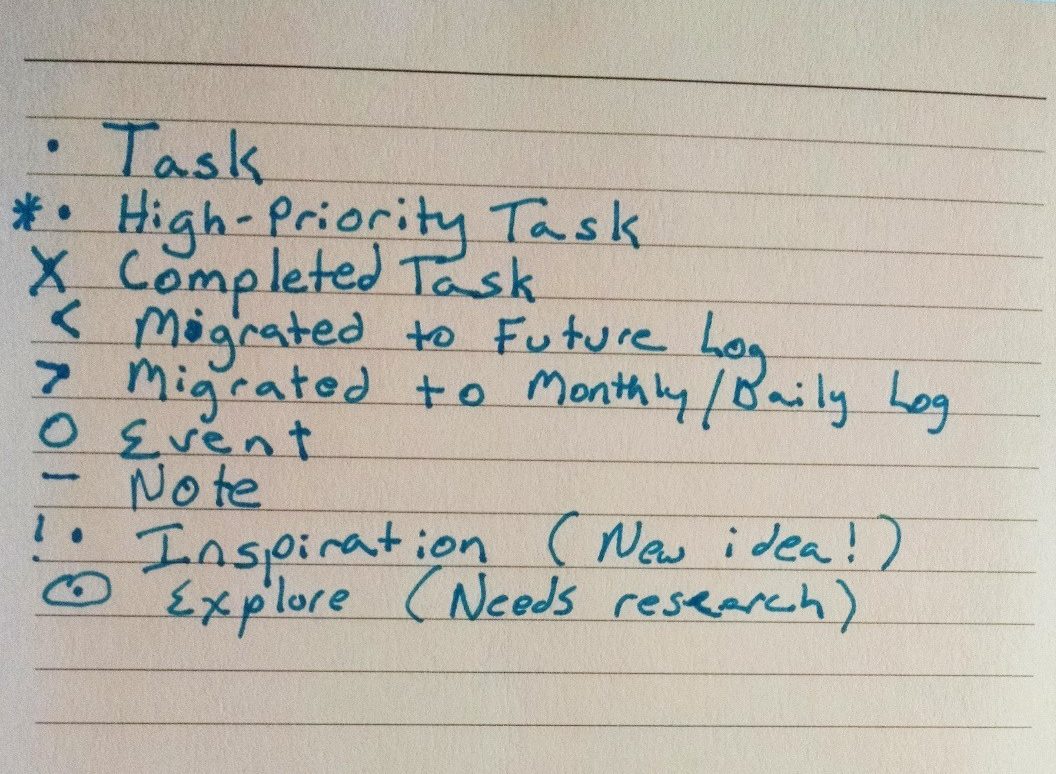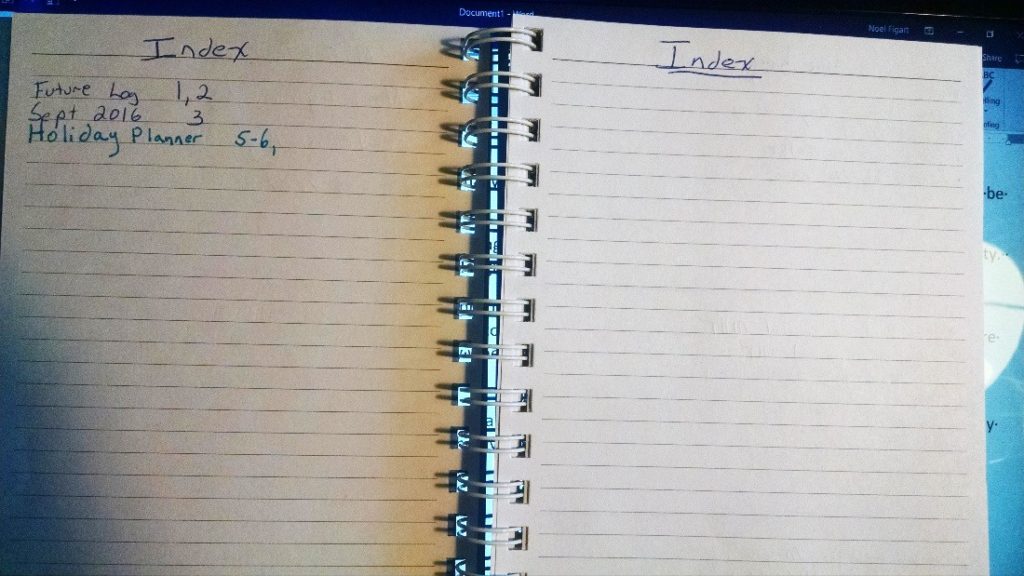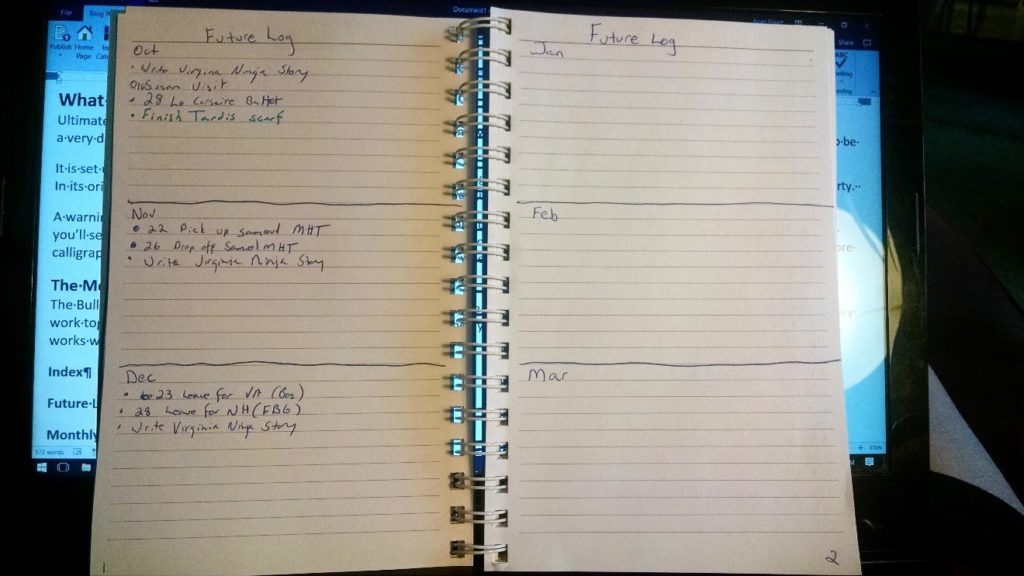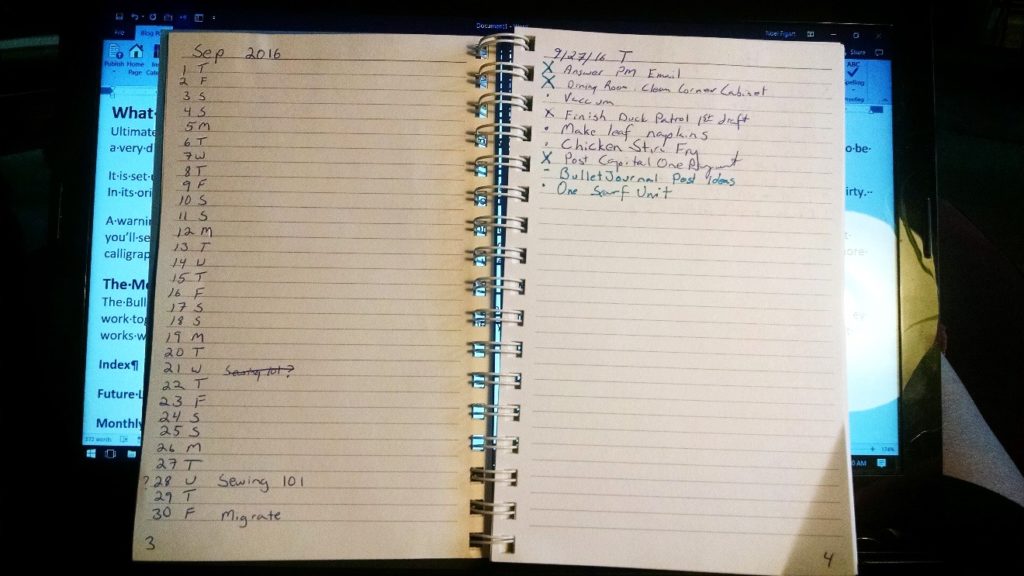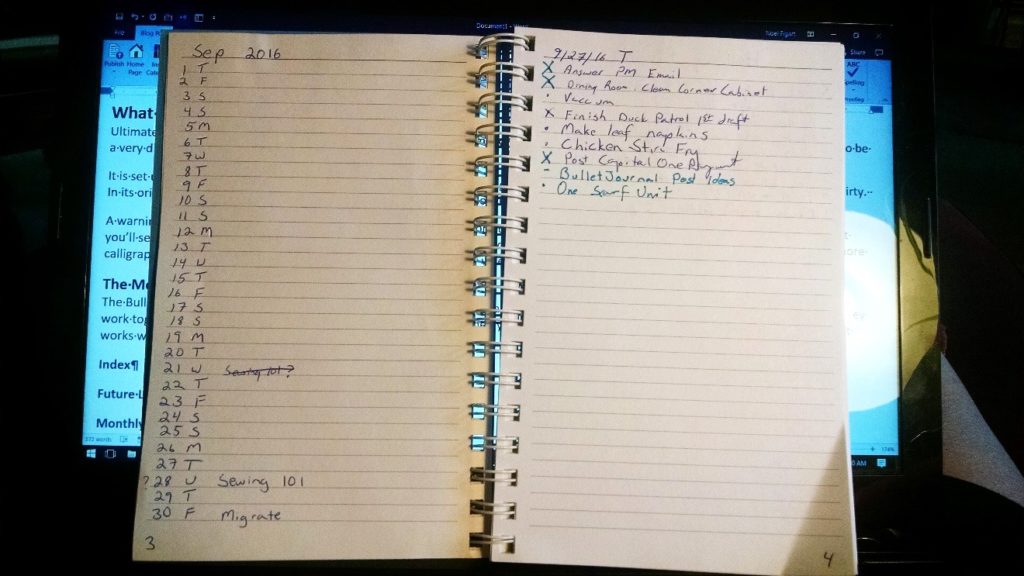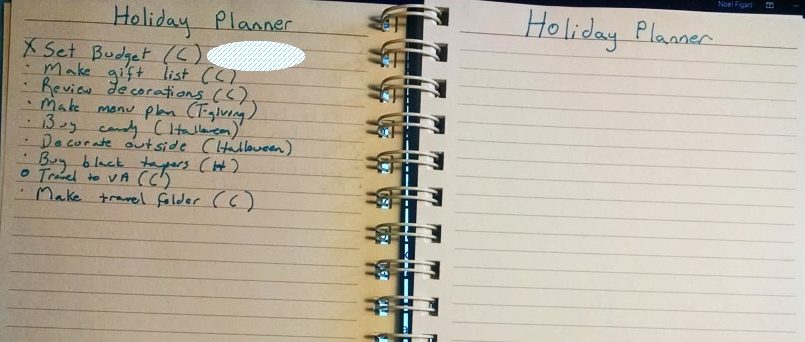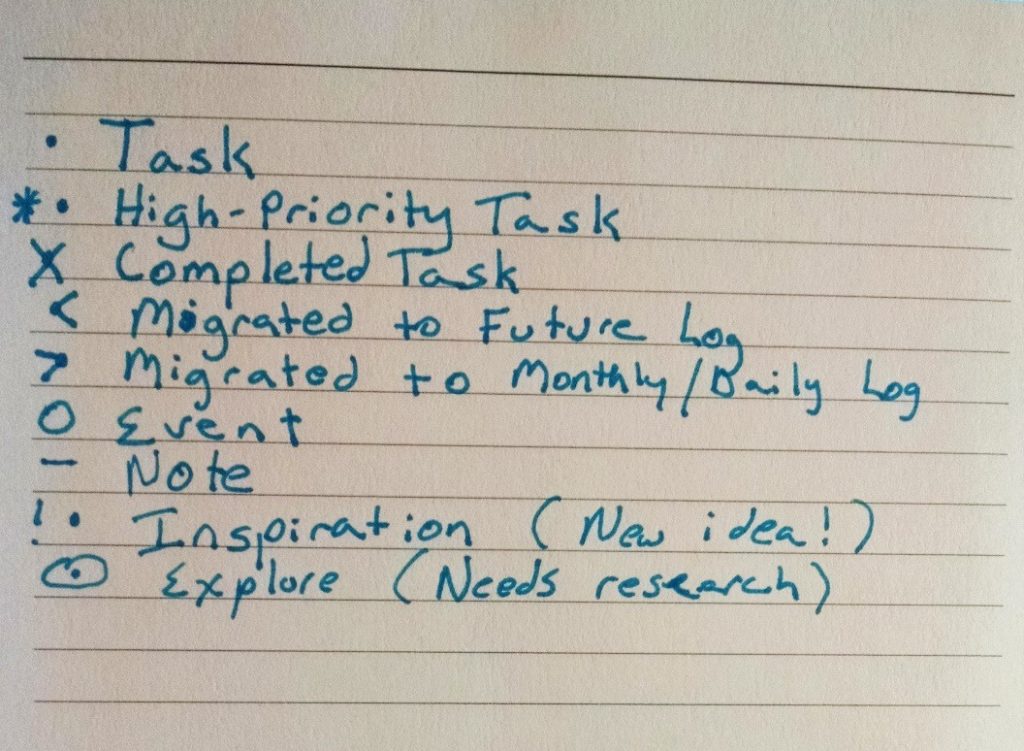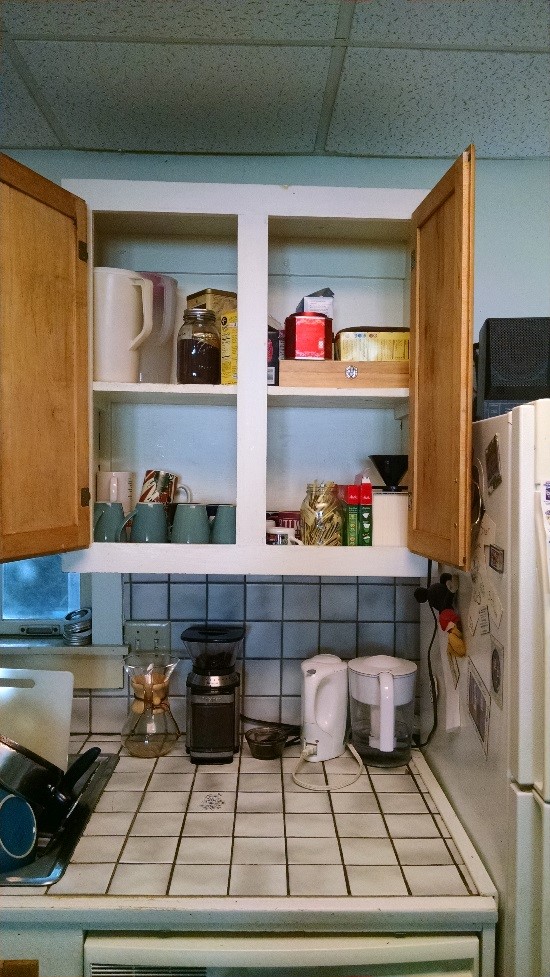In my Endless Quest for Tidiness, which is mostly analysis and musing these days, as my home is absolutely tidy enough, I noticed a habit of my mother’s in much sharper relief than usual.
She puts things away.
I know, duh! Putting things away makes things tidy, right? However, it’s more subtle than I thought.
I noticed it on vacation, of all places. Mom and Dad like to take a morning walk, and I’d volunteered to get breakfast for the family while they were doing so that week. My husband loves to get out in the evenings when we’re at the beach, so I figured our Daily Walk (yes, we care about that, too) would be a good thing to do in the evenings after dinner.
Before Mom goes to bed, she likes everything to be put away. For instance, in the kitchen dishwasher emptied of clean dishes, dish drainer empty of dishes that have dried after dinner. She did this while my husband and I were on our walk.
Now, I wake at first light most days, call it twenty minutes or so before sunrise. In real life, I might roll over to sleep some more, but I don’t at the beach. I like to watch the sun rising over the ocean. It’s one of my favorite sights in the whole world!
Walking into the kitchen to make a cup of coffee in preparation for my Morning Ritual was really nice. Everything was neat and clear and calm, and it just made me feel good.
After coming home from our vacation, I decided I wanted to try that out in my own life. I told myself if it was a burden or I couldn’t make it stick, I’d go back to my “never more than fifteen minutes of messy” style. It’s certainly tidy enough and no big deal, so it wasn’t like I’d have this pressure and feel like I failed if I decided I didn’t want to keep it up.
I found out something.
I most emphatically do want to keep it up.
Putting things away every night reduces chances for accidents and property damage
I have a young cat. Mr. Tumnus gets into things all the time, as he’s still a very curious and active little fellow. When I put things away, the cat doesn’t get into my knitting and scatter my yarn and project all over the living room.
Making sure I put away my evening cup of tea ensures that when I get my morning coffee, I’m not risking a spill by my writin’ chair removing the empty cup from the coaster and replacing it with the mug of hot coffee. I’ve spilled coffee on more than one knitting project from this little dance of switcheroo.
When I put things away every night, my kitchen stays tidy.
Washing a pot or pan after a meal and always having a dishwasher ready for the things that can be machine washed is easy. Unless you’re stressed to the point of needing medical care (and no shame about that, it happens to all of us) rinsing out a cereal bowl just isn’t overwhelming.
Since we tend to pile mail on the kitchen counter, I also note that in tidying the kitchen every night, I’m loathe to leave mail piled on the counter. It goes in the recycling, shredder, or is dealt with immediately.
Waking up to tidy spaces helps with mental clarity and creativity
Now, I’ve been keeping my room relatively neat for a long time. But, there would be times when it would get very cluttered. Maybe I’d been slow to put laundry away. Maybe I had a bunch of books I’d been reading all over the place (less common now that I read electronically). Maybe I’d dropped yesterday’s clothing on the floor rather than putting it in the dirty clothes hamper properly. Maybe I was in the middle of a sewing project and was leaving everything out until I had completed the garment. It was never a big deal. Again, never more than fifteen minutes of messy, so if I took fifteen minutes on my housework day to tidy the room, it was easily brought back to rights.
I’m in the middle of sewing a dress right now. Just for giggles, and to continue the experiment that I thought I might drop, I put all my equipment away after completing what I’d intended to do on it.
For me, I realized that it is easier for me to think calmly about the project, to take it appropriately slowly when I am not eager to be done so my daggone room isn’t really cluttered from all the paraphernalia from the project. Being less likely to rush means a better quality project that I’m happier with.
Tidying every night reduces work
Back when I lived in a really cluttered home, that sounded crazy. Yes, yes, yes, I grew up in a tidy home, but tidying my room was always this big daggone production. Surely the tidy spend all their time cleaning and tidying, right?
Not even close.
I spent four and a half hours sewing on my new dress yesterday. Putting away all my sewing stuff took 00:02.38. Yes, less than three minutes! Yes, I timed it. Yes, I have space to put my stuff away easily because I’d Konmaried my home about four years ago. So, I guess Ms. Kondo was right about the whole tidy forever thing. *wrygrin* It’s just that “tidy” is still a dynamic process. Which makes sense. One’s home is a dynamic process, or it should be. You do work, you get things messy, you put things away. We all do it. It’s just that making the cycle more rapid makes things easier.
Friends, if you take a look at home much time I spend writing, knitting, working, playing video games, working out, or sewing, any one of those items will take more time in a week than I spend on cleaning by at a minimum of a factor of two.
So, yes, I am going to keep the practice (which I hope to develop into a habit) of putting everything away and “rebooting” my house every night.
Why?
I have better things to do than tidy all the time.

